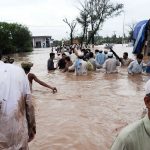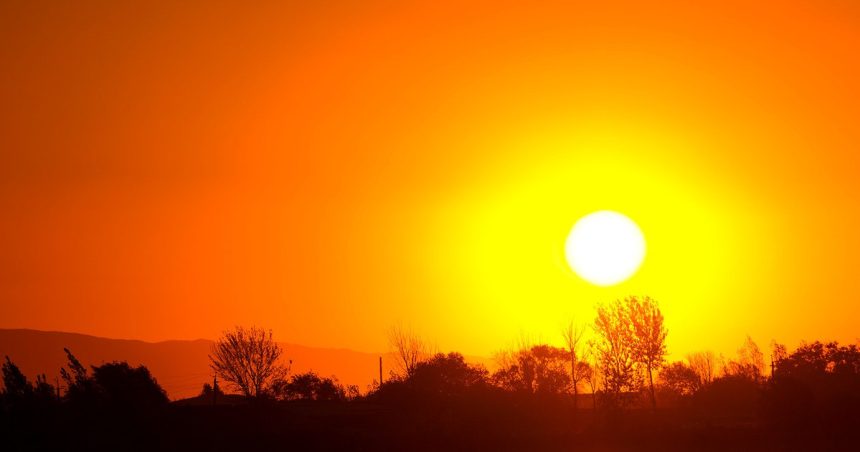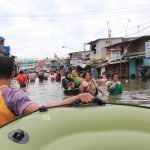Record-Breaking Temperatures in Srinagar
Kashmir has been hit by a serious heatwave: Srinagar recorded 37.4 °C on July 5, the highest July temperature since 1953 and the third-highest since 1892. This marks a disturbing shift in the region’s climate baseline.
Low Rainfall Exacerbates Heat Stress
A prolonged dry spell has led to a 50% rainfall deficit, worsening heat stress by reducing natural cooling and drying out soils and vegetation. This has intensified the heatwave’s impact on both people and crops.
Health Impacts on Residents
Health officials warn of increased cases of heat exhaustion and heatstroke, particularly among teachers, students, outdoor workers, and the elderly. With urban areas failing to cool at night, vulnerable populations face rising risks.
Threats to Agriculture and Food Security
Crops are suffering significantly:
- Paddy fields are drying up due to water scarcity and extreme temperatures.
- Apple production faces major challenges, with flower drop and reduced yields predicted.
- Saffron yields have fallen sharply, from 8 tonnes in FY 2010–11 to just 2.6 tonnes in 2023–24. Farmers are turning to indoor cultivation to try to safeguard crops.
Long-Term Causes: Climate Change and Urban Heat
Two factors are driving these changes:
- A diminished snowpack—Kashmir’s glaciers and winter snow have shrunk, reducing spring and summer meltwater, while increasing land heating.
- Expansion of urban areas and deforestation amplify the urban heat island effect, further increasing local temperatures.
Adaptive Measures Underway
- Indoor farming techniques: Saffron growers are adopting controlled-environment cultivation to protect against heat and water stress.
- Calls for support: Scientists and growers are urging the government to deploy drought- and heat-resistant crop varieties, expand climate-adaptive research, and strengthen insurance schemes.
Challenges Ahead
Experts caution that without aggressive adaptation efforts, the region faces escalating health burdens and declining food security. The combination of extreme heat, water scarcity, and crop vulnerability highlights the urgent need for climate resilience strategies in Kashmir and similar vulnerable regions.
Final Take
Kashmir’s unprecedented summer heat and drought signal a turning point in its environmental trajectory. Protecting human health and safeguarding traditional harvests now hinges on timely policy action, technological innovation, and community resilience.











